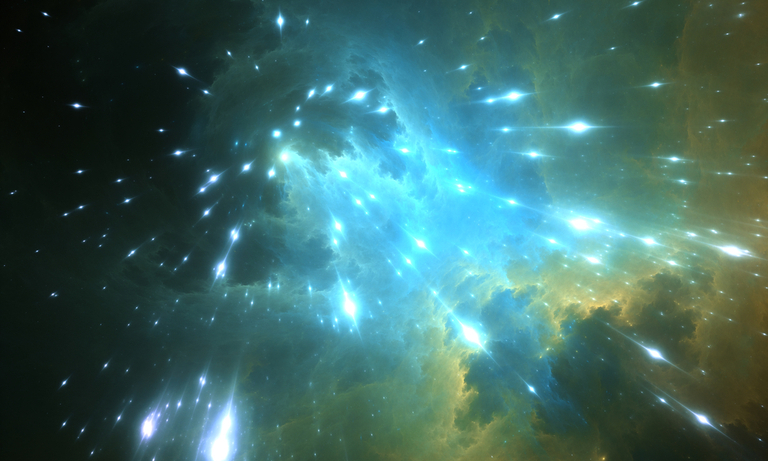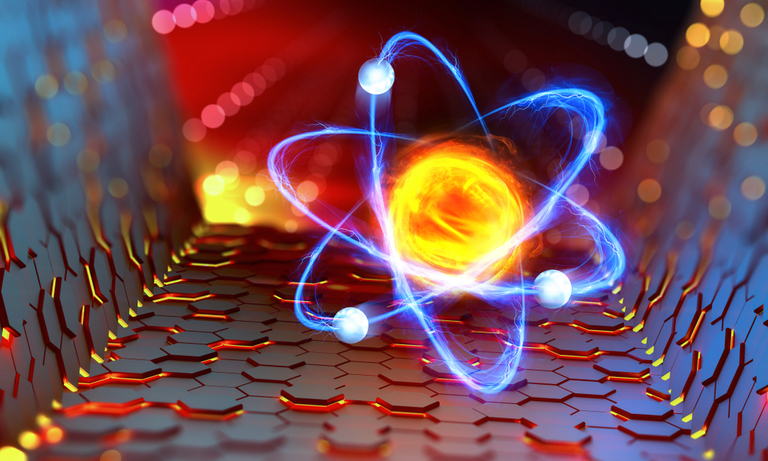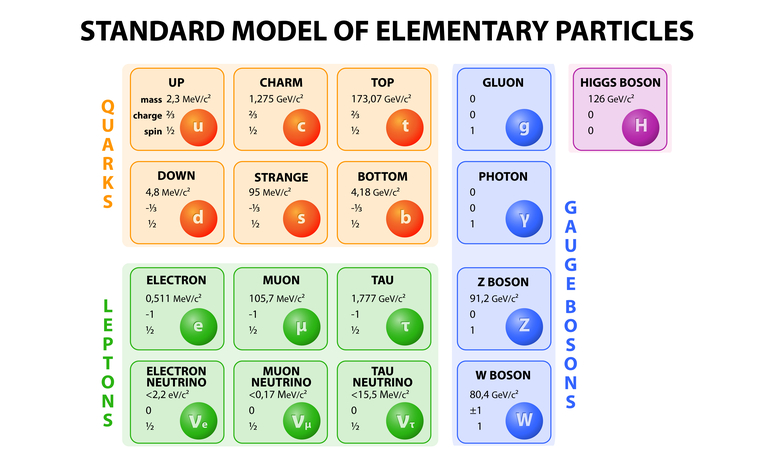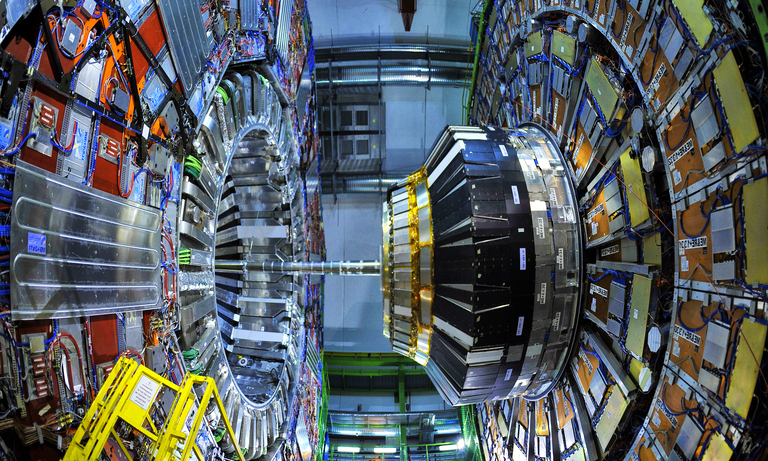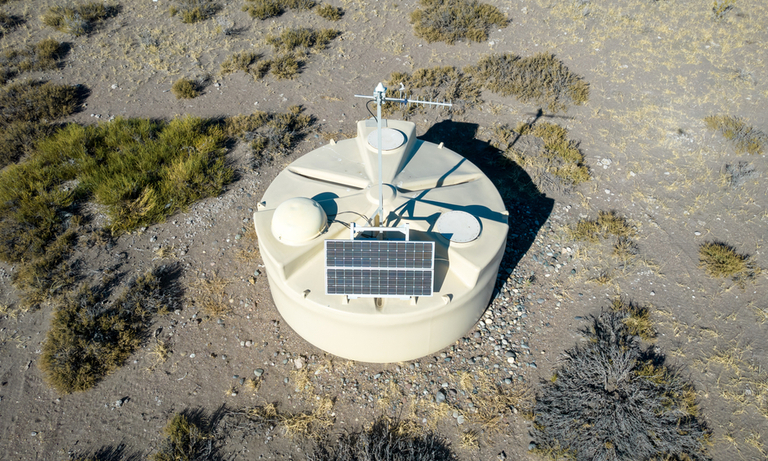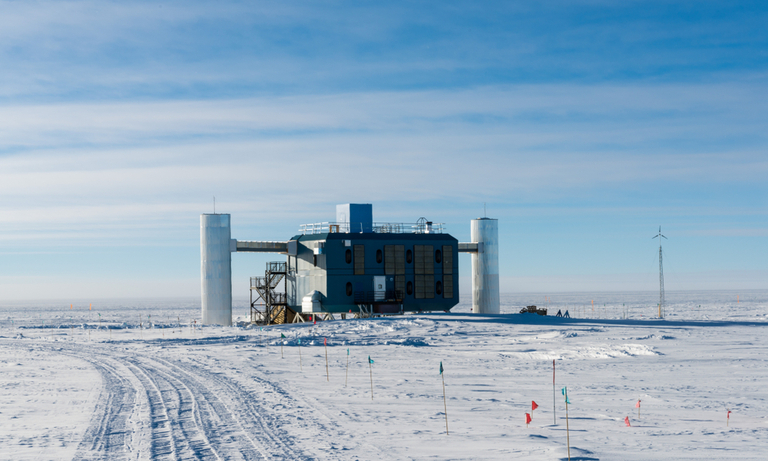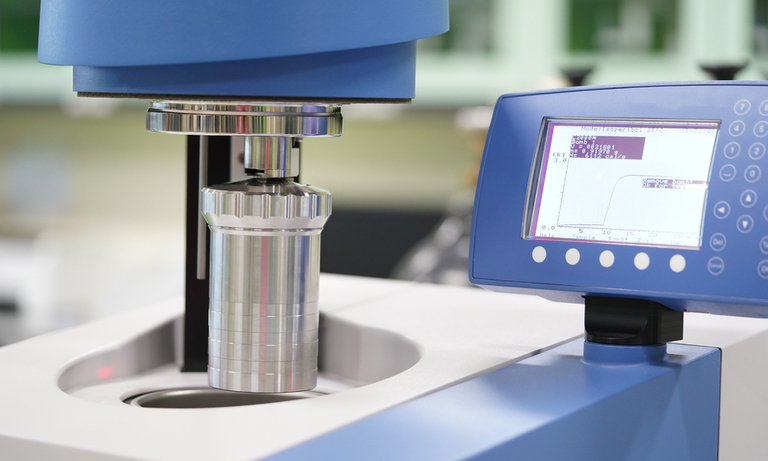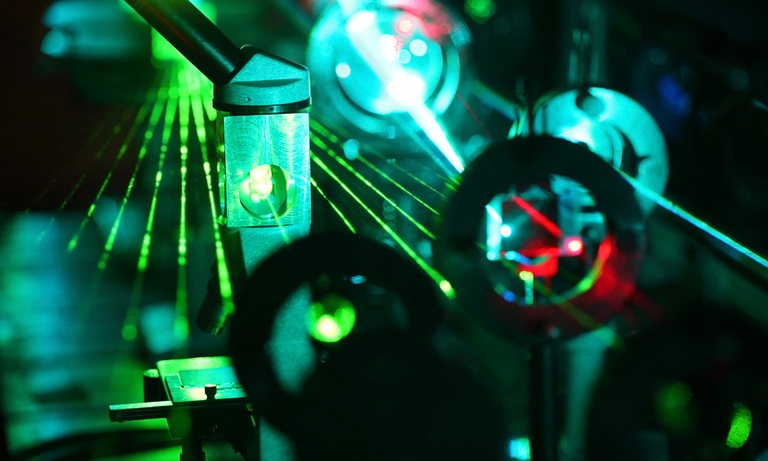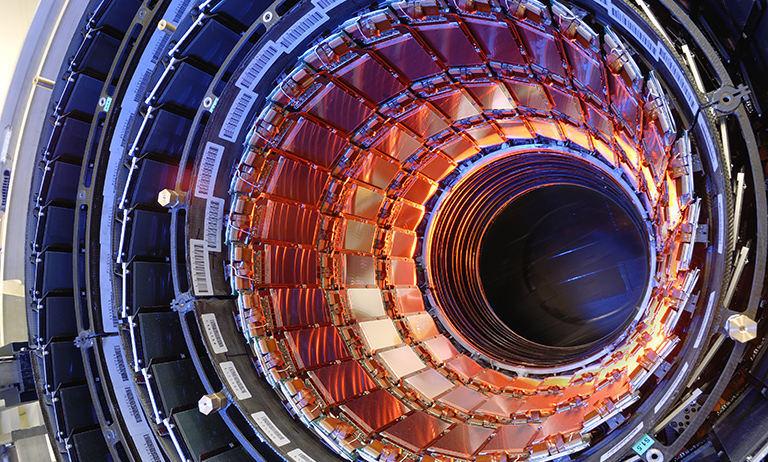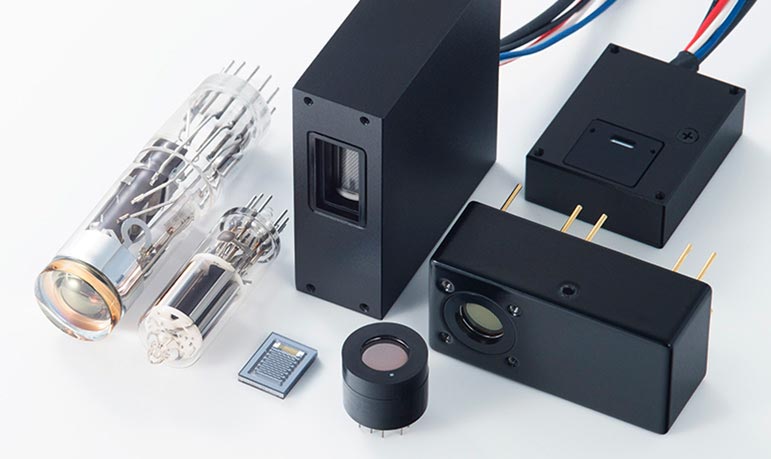Home
Products
Physics Research Field
Type of Experiment
Detector Type
Behind the Science
Tech in a Nutshell
United Kingdom (EN)
Select your region or country.


CERN: The circular power revolutionizing physics

© 2001-CERN; The area under which the tunnel for CERNs LHC can be found is shown near to Geneva and lac Leman
The most powerful particle accelerator in the world
A ring 27km long of superconducting magnets with a number of accelerating structures, currently resides 100 meters underground in the Franco-Swiss border near Geneva. Known for being the world’s largest and most powerful particle accelerator, the Large Hadron Collider (LHC) remains the latest addition to CERN’s accelerator complex.
Since 2010, when the accelerator became operational, inside it you will find two high-energy particle beams that travel in opposite directions at very close to the speed of light before they are made to collide. This powerful experiment has been the driving force behind several major discoveries in physics including the discovery of the god particle: the Higgs boson in 2012. This major breakthrough has brought the scientific world one step closer to understanding our world and the origin of the universe.
Hamamatsu Photonics, an established player in terms of photonics-led innovation, has been working with CERN on this project, and its planned upgrade, which aims to amplify the performance of the LHC for more potential discoveries after 2029. The upgrade named High Luminosity Large Hadron Collider (HL-LHC) has the objective to increase the integrated luminosity by a factor between 5 and 7 beyond the LHC’s design value. Hence, the technology used in those experiments has to meet even more severe conditions, as well as push the limits of what currently exists.

©2008 CERN; CMS Courtesy of Maximilien Brice
![]()
Hamamatsu 8 inch pixel array detector
Increasing the demands
The upgrades of the HL-LHC and its related experiments are currently underway to achieve an even higher frequency of proton-to-proton collisions, in order to measure the Higgs boson properties more precisely and to search for dark matter of which little is known.
Although more data can be obtained by increasing the frequency of these collisions, this will generate higher radiation and impact the photodiode (PD) array. The PD array is used in the calorimeter of the CMS experiment, which measures the energy of the particles.
The challenge to solve is the fact that the PD arrays gradually lose their sensitivity while being exposed to radiation. One simple solution is to apply a higher voltage to the PD array to maintain high sensitivity even when exposed to radiation, however, this is only possible to a certain degree.
Additionally, CERN required an even larger-area PD array to reduce both the costs and the dead space of the entire detector system.
The final main challenge was the manufacturing of an even larger-area PD array – never done before – with quantities of circa 27,000 pieces in a short timeframe. Therefore, Hamamatsu was faced with overcoming this while finding the right solution for higher sensitivity in its PD array.
The world’s largest photodiode
To meet the high-tech needs of the HL-LHC experiments, Hamamatsu Photonics designed and developed the world’s largest photodiode (PD) with the highest radiation resistance among PD detectors used in high-energy physics applications. Ideal for particle and radiation detection through the measurement of ionization energy deposits, it has both high resistance to radiation and a large area required for the HL-LHC project.
At first, Hamamatsu focused on the high resistance to radiation aspect. They successfully developed a large-area PD array prototype that can be made from a single 6-inch diameter wafer, is highly resistant to radiation, and operates at voltages as high as 800 V.
To utilize larger-diameter wafers as the material for a larger-area PD array, Hamamatsu installed new manufacturing equipment for an 8-inch diameter. The manufacturing process conditions were reviewed from scratch in order to improve the uniformity of the thin film thickness and impurity concentration formed on the wafers.
By taking these steps, Hamamatsu managed to fabricate a PD array about twice the area of the previous one while maintaining the same high level of radiation resistance and performance characteristics.
Many other technological solutions have been and are currently being designed to support the demanding expansion of the world’s most powerful particle accelerator. Each year as we get closer to its operational date, we also get a bit closer to finding out the true nature of our universe.
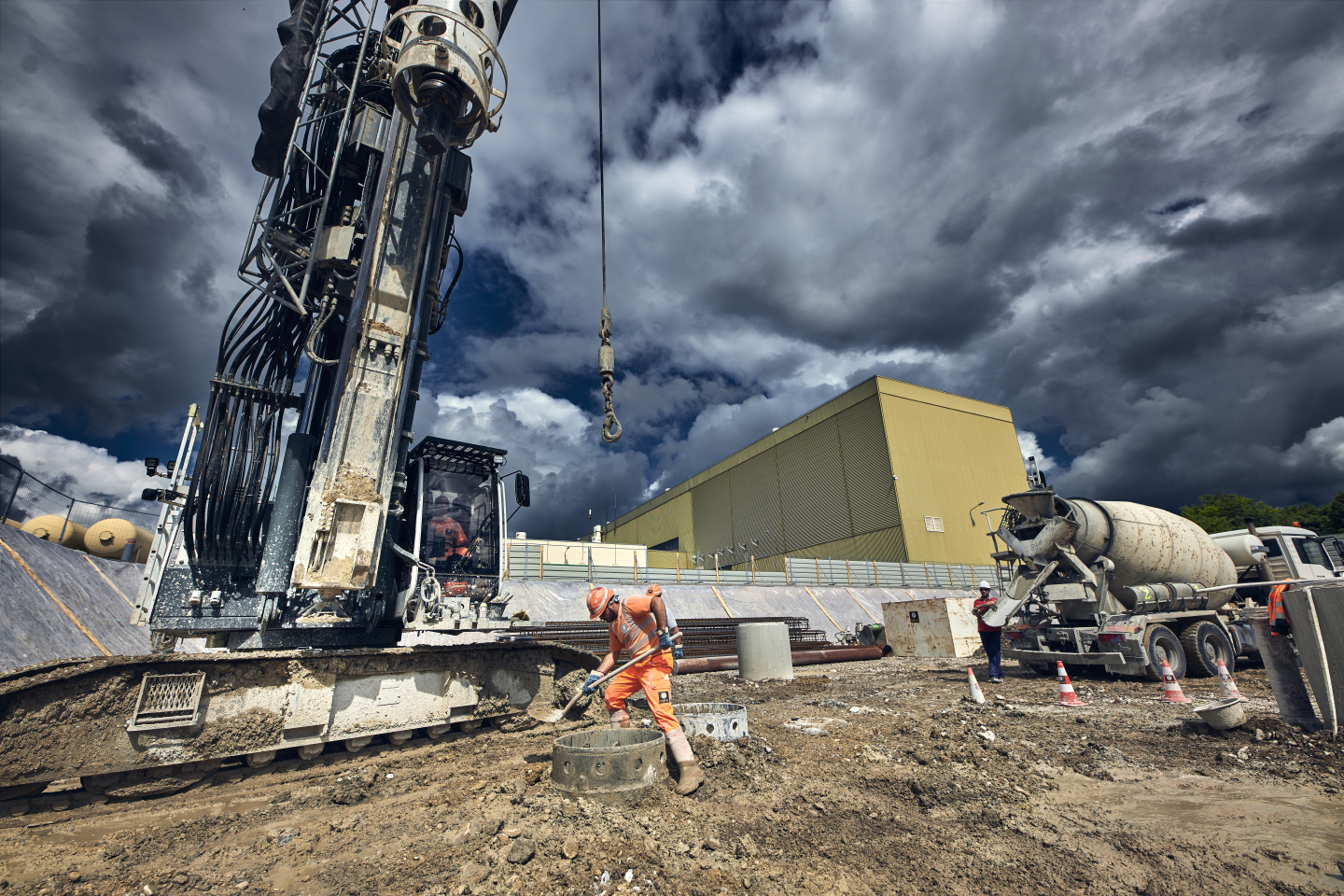
© 2018 CERN Ordan Julien Marius; Civil engineering for the High-Luminosity LHC (HL-LHC)
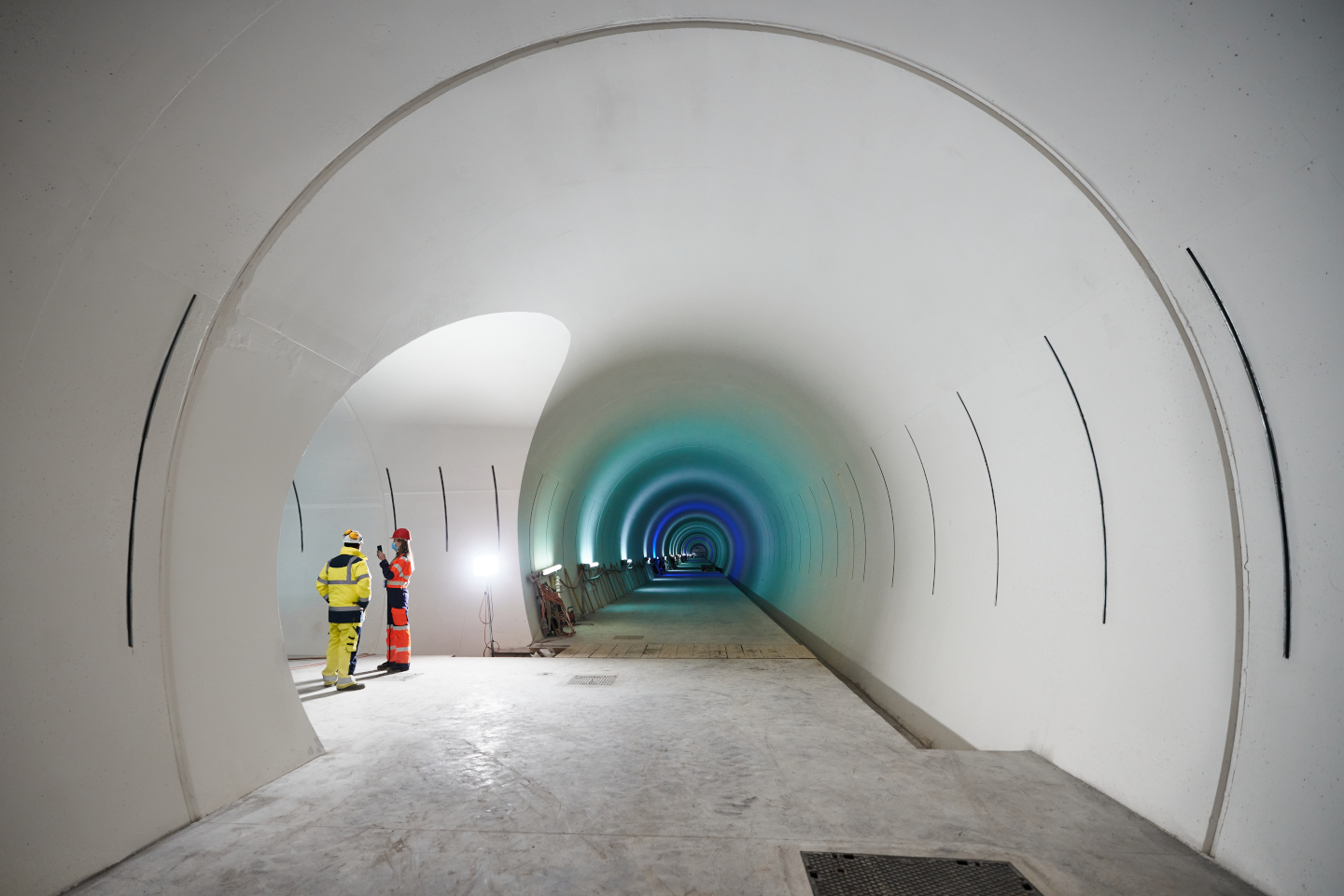
© 2021 CERN Hertzog Samuel Joseph; Civil engineering is completed for HL-LHC (HiLumi) project at Point 1
Related products & information
Sign-up below to find out about the next episode!
- Confirmation
-
It looks like you're in the . If this is not your location, please select the correct region or country below.
You're headed to Hamamatsu Photonics website for GB (English). If you want to view an other country's site, the optimized information will be provided by selecting options below.
In order to use this website comfortably, we use cookies. For cookie details please see our cookie policy.
- Cookie Policy
-
This website or its third-party tools use cookies, which are necessary to its functioning and required to achieve the purposes illustrated in this cookie policy. By closing the cookie warning banner, scrolling the page, clicking a link or continuing to browse otherwise, you agree to the use of cookies.
Hamamatsu uses cookies in order to enhance your experience on our website and ensure that our website functions.
You can visit this page at any time to learn more about cookies, get the most up to date information on how we use cookies and manage your cookie settings. We will not use cookies for any purpose other than the ones stated, but please note that we reserve the right to update our cookies.
1. What are cookies?
For modern websites to work according to visitor’s expectations, they need to collect certain basic information about visitors. To do this, a site will create small text files which are placed on visitor’s devices (computer or mobile) - these files are known as cookies when you access a website. Cookies are used in order to make websites function and work efficiently. Cookies are uniquely assigned to each visitor and can only be read by a web server in the domain that issued the cookie to the visitor. Cookies cannot be used to run programs or deliver viruses to a visitor’s device.
Cookies do various jobs which make the visitor’s experience of the internet much smoother and more interactive. For instance, cookies are used to remember the visitor’s preferences on sites they visit often, to remember language preference and to help navigate between pages more efficiently. Much, though not all, of the data collected is anonymous, though some of it is designed to detect browsing patterns and approximate geographical location to improve the visitor experience.
Certain type of cookies may require the data subject’s consent before storing them on the computer.
2. What are the different types of cookies?
This website uses two types of cookies:
- First party cookies. For our website, the first party cookies are controlled and maintained by Hamamatsu. No other parties have access to these cookies.
- Third party cookies. These cookies are implemented by organizations outside Hamamatsu. We do not have access to the data in these cookies, but we use these cookies to improve the overall website experience.
3. How do we use cookies?
This website uses cookies for following purposes:
- Certain cookies are necessary for our website to function. These are strictly necessary cookies and are required to enable website access, support navigation or provide relevant content. These cookies direct you to the correct region or country, and support security and ecommerce. Strictly necessary cookies also enforce your privacy preferences. Without these strictly necessary cookies, much of our website will not function.
- Analytics cookies are used to track website usage. This data enables us to improve our website usability, performance and website administration. In our analytics cookies, we do not store any personal identifying information.
- Functionality cookies. These are used to recognize you when you return to our website. This enables us to personalize our content for you, greet you by name and remember your preferences (for example, your choice of language or region).
- These cookies record your visit to our website, the pages you have visited and the links you have followed. We will use this information to make our website and the advertising displayed on it more relevant to your interests. We may also share this information with third parties for this purpose.
Cookies help us help you. Through the use of cookies, we learn what is important to our visitors and we develop and enhance website content and functionality to support your experience. Much of our website can be accessed if cookies are disabled, however certain website functions may not work. And, we believe your current and future visits will be enhanced if cookies are enabled.
4. Which cookies do we use?
There are two ways to manage cookie preferences.
- You can set your cookie preferences on your device or in your browser.
- You can set your cookie preferences at the website level.
If you don’t want to receive cookies, you can modify your browser so that it notifies you when cookies are sent to it or you can refuse cookies altogether. You can also delete cookies that have already been set.
If you wish to restrict or block web browser cookies which are set on your device then you can do this through your browser settings; the Help function within your browser should tell you how. Alternatively, you may wish to visit www.aboutcookies.org, which contains comprehensive information on how to do this on a wide variety of desktop browsers.
5. What are Internet tags and how do we use them with cookies?
Occasionally, we may use internet tags (also known as action tags, single-pixel GIFs, clear GIFs, invisible GIFs and 1-by-1 GIFs) at this site and may deploy these tags/cookies through a third-party advertising partner or a web analytical service partner which may be located and store the respective information (including your IP-address) in a foreign country. These tags/cookies are placed on both online advertisements that bring users to this site and on different pages of this site. We use this technology to measure the visitors' responses to our sites and the effectiveness of our advertising campaigns (including how many times a page is opened and which information is consulted) as well as to evaluate your use of this website. The third-party partner or the web analytical service partner may be able to collect data about visitors to our and other sites because of these internet tags/cookies, may compose reports regarding the website’s activity for us and may provide further services which are related to the use of the website and the internet. They may provide such information to other parties if there is a legal requirement that they do so, or if they hire the other parties to process information on their behalf.
If you would like more information about web tags and cookies associated with on-line advertising or to opt-out of third-party collection of this information, please visit the Network Advertising Initiative website http://www.networkadvertising.org.
6. Analytics and Advertisement Cookies
We use third-party cookies (such as Google Analytics) to track visitors on our website, to get reports about how visitors use the website and to inform, optimize and serve ads based on someone's past visits to our website.
You may opt-out of Google Analytics cookies by the websites provided by Google:
https://tools.google.com/dlpage/gaoptout?hl=en
As provided in this Privacy Policy (Article 5), you can learn more about opt-out cookies by the website provided by Network Advertising Initiative:
http://www.networkadvertising.org
We inform you that in such case you will not be able to wholly use all functions of our website.
Close


